We visited our Kiwi friends Alistair and Dallas in Mountain View, California. Located in the heart of the Silicon Valley near the Googleplex, their comfortable home has fruit trees and chickens in the back yard, and our motorhome just fit in their driveway. They were gracious hosts, even though they learned of our arrival on short notice through this blog.
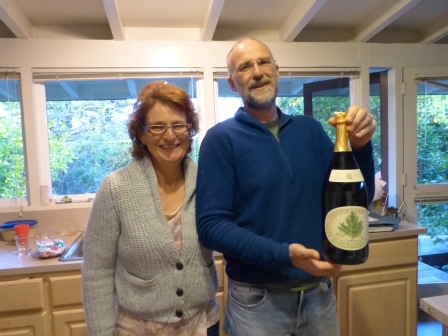
On our way out of town we went to the Computer History Museum. My career was (past tense?) in computer consulting and outsourcing, so I was excited to check it out. Diane, not so much.
The Computer History Museum explores the history of computing and its ongoing impact on society. It has the largest collection of computing artifacts in the world (over 90,000) including hardware, software, documentation, photographs, and video.
The museum has had various incarnations over the last 20 years, but settled in to its current building (previously occupied by Silicon Graphics) in 2003.
A very cool exhibit at the museum is The Babbage Engine. In 1834, Charles Babbage designed Difference Engine No. 2, an automatic computing engine, but failed to build it. It was designed to tabulate polynomial functions based on the method of divided differences, which Diane demonstrates here:
Babbage died insisting future generations would prove his idea was sound. His difference engine was faithfully built to plan in 1991, and during a demonstration in the museum, we saw it function exactly as Babbage predicted.

A current special exhibit at the museum is Going Places: Google Maps with Street View. You can get up close to the mobile devices they use to capture Street View images.
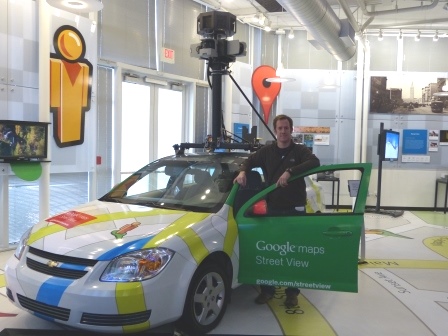

The museum’s main exhibit is Revolution: The First 2000 Years of Computing. It covers the history of computing in 20 galleries, from the abacus to the Internet, with informative and interesting displays. Leveraging their subject matter, the entire exhibit is also available online.
Some highlights for me included:

At 135 MFLOPS the Cray-1 was the best known and most powerful computer in the world when I began tinkering with personal computers in 1981.

Neiman Marcus introduced a kitchen computer based on the Honeywell 316 in 1969 as part of a continuing series of extravagant gift ideas. It stood on a pedestal and had a built-in cutting board. Entering recipes would have required a 2-week course to learn to use the device, using only toggle switch input and binary light output. At a cost of $10,600 each, none were sold.

One of only 40 to 50 Apple I computers in existence, now worth about $50,000 each. This one is signed by Steve Wozniak, the co-founder of Apple Computers.
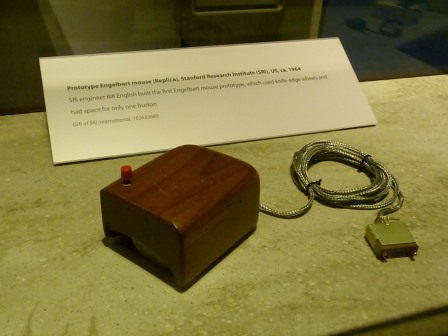


The Altair 8800 is considered by many to be the first personal computer.

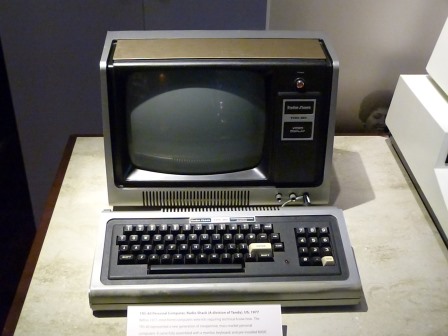
My visit rekindled the excitement I felt in my youth, when I first got my hands on an Apple II computer at my high school (thanks Mr. Sutcliffe) and wrote my first program, a text-based adventure game called “Prince Pat” – lame, I know.

After reading this ode to tech, you may think that I’m a nerd, but if you’re in the San Jose area, I would still recommend a visit to the Computer History Museum.

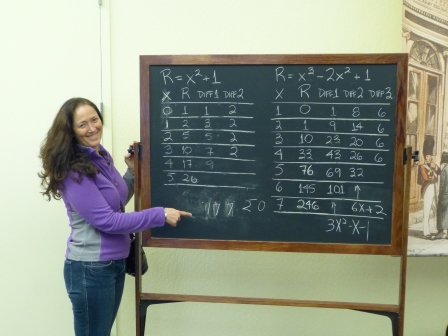
I’m not sure what to say about this one Patrick – apart from the obvious!! Keep on trucking baby
Very cool.
I’m glad it’s not just me who thinks so. They also had exhibits on ancient calculating devices, military computers, robotics, and the Internet. Tons of fun!
oh dear
I would of waited for you at Starbucks while browsing the internet on my IPAD! But if it were not for “nerds” we would not be able to do that:)
Good point Annettee. I think you might have enjoyed it. Perhaps not as much as Patrick or Werner or Ed, but it’s still interesting. Pedaling that giant Google trike would be great training!
Diane did go to the coffee shop at some point. She can only handle so much excitement at one time.
I agree, parts of the museum did seem interesting but at some point my A.D.D. would have taken over!
I thoroughly enjoyed this Patrick. It’s so nice to get a glimpse of the world thriugh your eyes.
It’s great to hear that you’re enjoying the blog Janice. Knowing (and hearing) that people like my work is very motivating.
Our kids would LOVE this museum….
but now they have their sights on the Bavarian Motor Works and Porche factory on our trip to Europe
after seeing a few of these cars at whistler yesterday racing or sitting in the BC mountain sun!!!!!